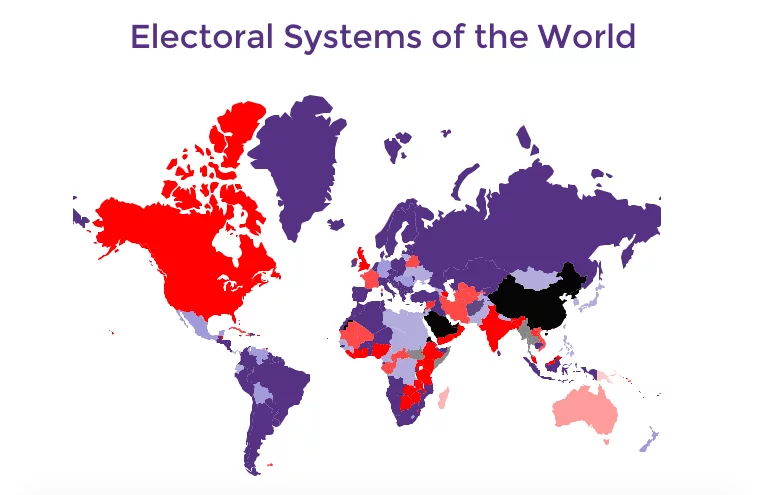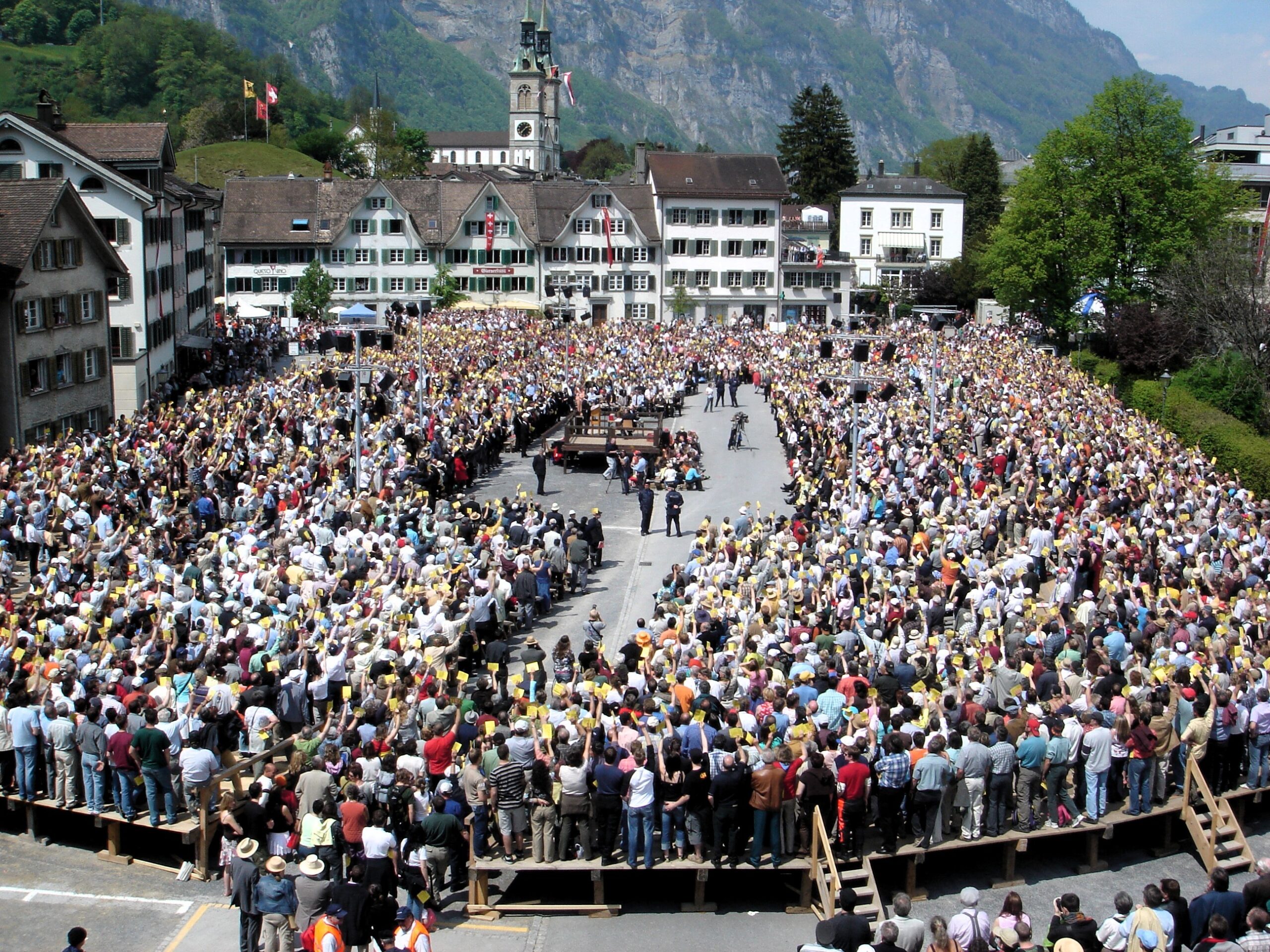Electoral Systems Effectiveness: A Political Representation Study
Explore the impact of electoral systems on political representation. Learn which system is most effective. Electoral Systems Effectiveness.

Evaluating the Effectiveness of Electoral Systems in Achieving Political Representation
The concept of political representation lies at the heart of democratic governance. It is the means by which citizens exercise their collective will, and it plays a pivotal role in shaping the policies and decisions of a nation. One of the key determinants of how well political representation functions is the electoral system in place. Different countries employ various electoral systems, each with its own strengths and weaknesses. In this comprehensive analysis, we will evaluate the effectiveness of various electoral systems in achieving political representation.
Understanding Electoral Systems
Electoral systems are the rules and mechanisms by which citizens cast their votes and how those votes are translated into seats in a legislative body. These systems can differ significantly, and the choice of system can have profound implications for the representation of different groups and interests within a society. Some of the most common electoral systems include:
First-Past-the-Post (FPTP): In this system, the candidate with the most votes in a single-member district wins. It is a simple plurality system where a candidate does not need an absolute majority to win. FPTP is used in countries like the United Kingdom and Canada.
Proportional Representation (PR): PR systems aim to allocate seats in proportion to the total vote share each party receives. There are various forms of PR, including party-list PR and mixed-member PR. Countries like Germany and Sweden use PR systems.
Single Transferable Vote (STV): STV allows voters to rank candidates in multi-member districts, and candidates are elected based on reaching a certain quota of votes. It is used in Ireland and Malta.
Mixed-Member Proportional (MMP): MMP combines elements of FPTP and PR, where citizens cast two votes, one for a candidate in their district and one for a political party. This system is utilized in Germany and New Zealand.
Effectiveness of Electoral Systems
First-Past-the-Post (FPTP):
Simplicity: FPTP is straightforward, but it tends to favor larger parties and often leads to a two-party system, potentially excluding smaller parties and diverse voices.
Wasted Votes: It can result in a significant number of "wasted" votes that do not contribute to electing candidates, leading to underrepresentation.
Geographic Representation: FPTP can be effective at ensuring geographic representation, as each district has a dedicated representative.
Proportional Representation (PR):
Inclusivity: PR systems are known for their inclusivity, as they give voice to smaller parties and minority groups.
Proportional Outcomes: They tend to produce legislatures that closely mirror the overall vote distribution, leading to fairer representation.
Complexity: PR systems can be complex for voters and result in unstable coalitions in some cases.
Single Transferable Vote (STV):
Preference Voting: STV encourages voters to express their preferences and allows for greater voter choice.
Inclusivity: It often leads to a more diverse set of elected representatives, promoting minority representation.
Complexity: STV can be complex, and counting can be time-consuming.
Mixed-Member Proportional (MMP):
Balance: MMP systems attempt to strike a balance between geographic representation and proportionality.
Flexibility: They allow voters to choose both a candidate and a party, providing more options.
Complexity: MMP systems can be complex for both voters and election officials.
Accountability and Representation:
One of the central objectives of any electoral system is to ensure that elected representatives are accountable to the people they serve. Different systems achieve this goal in varying ways. In First-Past-the-Post (FPTP), individual representatives are directly accountable to their constituents, as they must secure the majority of votes in their respective districts. However, FPTP often results in a winner-takes-all scenario, where the majority party may wield disproportionate power, potentially undermining representation for minority interests.
Proportional Representation (PR) systems, on the other hand, ensure a broader spectrum of voices in parliament, but this can come at the expense of individual accountability. Elected officials in PR systems are beholden to their political parties rather than specific geographic constituencies, which can create a gap between representatives and the people they represent. Striking the right balance between individual and party accountability is a challenge faced by countries employing PR systems.
?Coalition Politics:
PR systems often lead to coalition governments due to the fragmentation of votes across multiple parties. While coalition governments promote inclusivity, they can be fragile and susceptible to internal conflicts. This can hinder effective governance, as parties must compromise to maintain the coalition. In MMP systems, where there are both district and party list seats, coalition dynamics can become even more intricate, as parties must navigate two sets of interests.
Voter Engagement and Education:
The complexity of certain electoral systems, such as Single Transferable Vote (STV) or MMP, can pose challenges for voter engagement and education. Voters in these systems must understand how to rank candidates or split their votes between parties and individuals. This complexity can discourage voter turnout or lead to unintentional spoiled ballots. Effective voter education becomes crucial in such cases to ensure that citizens fully grasp the nuances of the system.
Minority Representation:
The effectiveness of electoral systems in representing minority groups and ensuring diversity in legislatures is a significant concern. PR systems tend to excel in this regard by offering opportunities for smaller parties and minority interests to gain representation. However, even within PR systems, the design of district boundaries or party lists can impact the extent to which minorities are adequately represented.
Electoral Reform Challenges:
Changing an electoral system can be politically challenging. Incumbent parties often resist reform that could threaten their power or disrupt the status quo. Consequently, electoral reform often requires broad consensus and may face resistance from vested interests.
Local vs. National Interests:
In countries with diverse regions, striking a balance between local representation and national governance is a perpetual struggle. FPTP tends to prioritize local representation, while PR systems lean towards national proportionality. Electoral systems must reflect the unique needs of a country's regions and communities to foster a sense of belonging and participation.
Voter Turnout and Civic Engagement:
The effectiveness of an electoral system is also closely tied to voter turnout and overall civic engagement. Systems that consistently produce uncompetitive elections or those that marginalize certain groups can lead to voter apathy and disillusionment.
The effectiveness of electoral systems in achieving political representation is a complex and multifaceted issue. No single system is a panacea, and the choice of an electoral system should align with a country's unique socio-political context and values. Countries around the world continue to experiment with different systems and adapt to changing demographics and political landscapes, demonstrating that the quest for the ideal electoral system is an ongoing journey towards enhancing political representation and the principles of democracy. It is through open discourse, informed decision-making, and a commitment to democratic values that societies can navigate these challenges and strive for more effective and inclusive electoral systems.
What's Your Reaction?















